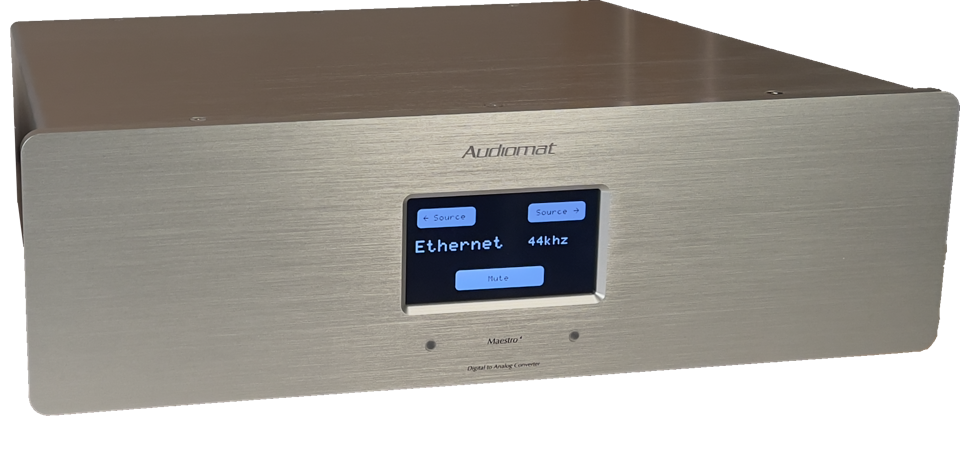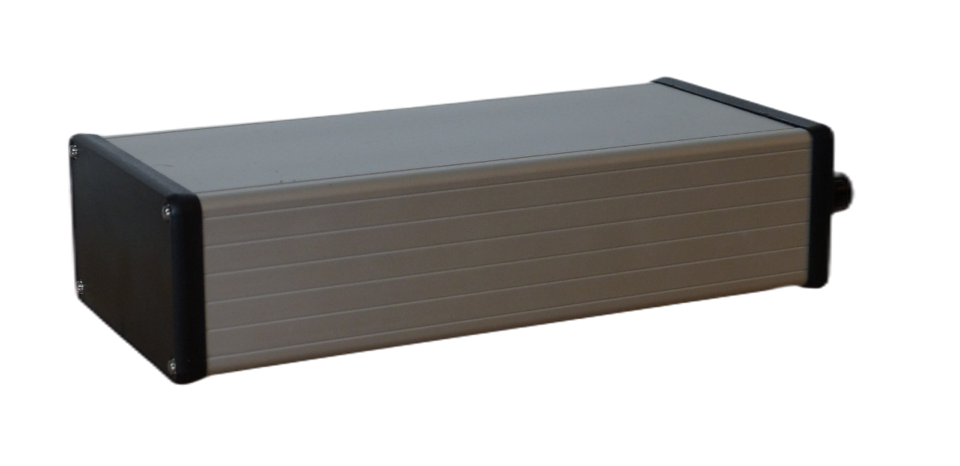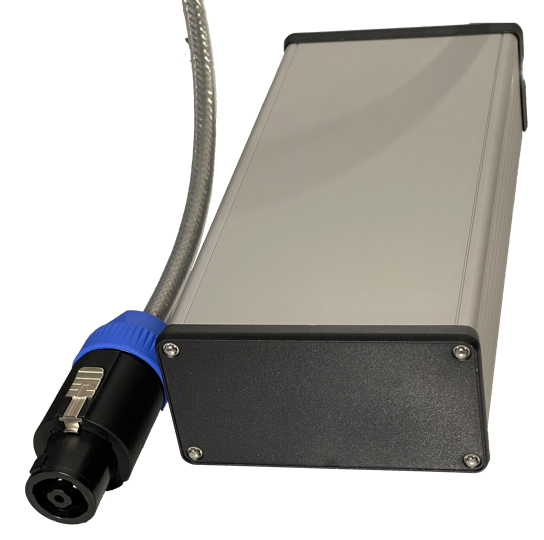



Two reviews were just published in France:
Maestro 4 - Vinyle&Audio (computerized English translation of the original French review, to preserve the "tone" of the writing).
The verdict:
"The Maestro 4 seems to us to combine all the qualities that we have been able to celebrate in other DACs. It's simple, it will be from now on our reference DAC to carry out our tests. It's an absolute favorite, this Maestro has never been so well named."
Maestro 4 - Audiophile Fr (computerized English partial translation of the original French review, to preserve the "tone" of the writing).
The conclusion:
"it also succeeds in converting the most undecided to invest in a product which, musically speaking, stands out from the competition."
Typical reactions from customers:
Tom Linker, Austin, Texas
(Maestro 1st generation, released in 2000)
"Every now and then I have an experience that totally rescales my expectations of what is possible. I’ve just had another one of those experiences.
But most of the time we audiophiles talk in terms of “lifting a veil”, or “clearing the window into the sound” or “lowering the noise floor”. Or we speak in subjective percentages of improvement: “That’s a good 30 percent improvement.” And if can find a good 30 percent, I’m willing to pay!
This phraseology seems totally inadequate to describe what happened when I hooked up an Audiomat Maestro DAC to my CD player two nights ago. It was not “lifting a veil”. It was not “a significant increase in presence”. It was like having heard all previous CD playback from outside the building, and finally being allowed to enter the room. It was real goose bumps with real chills going up the spine. It was “Holy $#@*! Anything less than this sound is a lie of monstrous proportions.” It was “If anybody offers you sound this good, pay whatever they ask for it and die happy.”
"Vert", Westford, MA, USA
(Maestro 3 Référence, launched in 2015)
"I have always wanted an Audiomat and I finally had a chance to pick up a Maestro 3 Reference.
Words won’t do it justice, it’s the rare DAC that allows you to immerse in the music and stop analyzing the stereo.
It will have you asking “where have you been all of my life?’."
The 4th generation was launched in 2021 for the Maestro 4 and in 2022 for the Maestro 4 Référence.
As always with Audiomat, these 7 years between generations, while many brands release one per year, bring significant improvements from the former one; this time we get even more timbre beauty, bass definition, airiness, finesse, spatial precision, micro- and macro-dynamics...
But the most important: since the first generation, the Audiomat Maestro have always possessed this unique "analog" sound... many analog purists have been shocked to hear digital sounding so much... non-digital!
© Copyright Mutine Inc. 2024